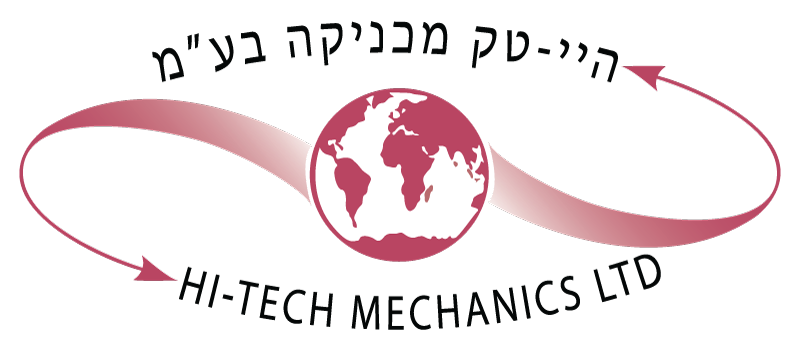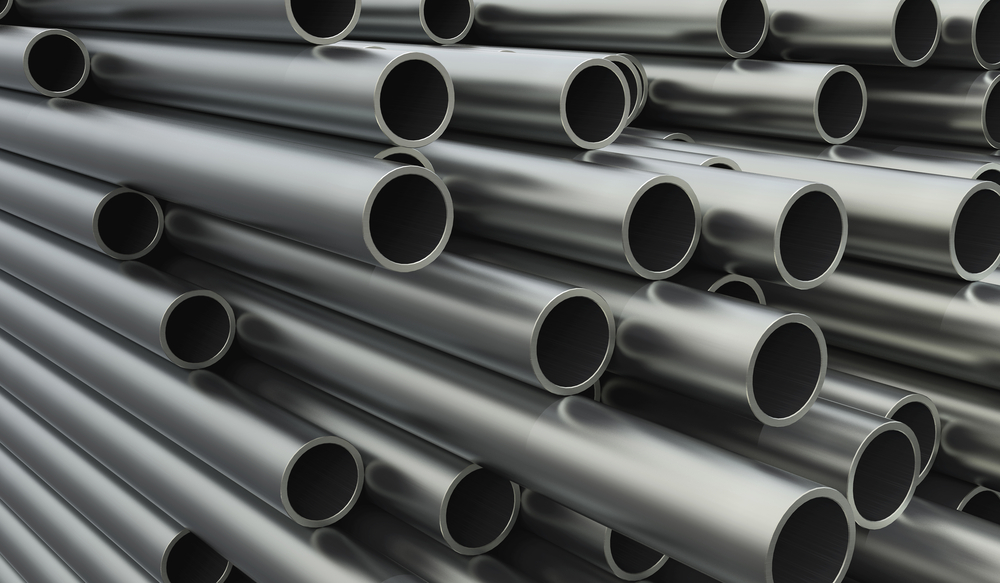Titanium is a very unique metal – it is stronger than steel but much lighter.
It was named “titanium” for a good reason – after the Titans, the giant deities from Greek mythology.
In addition, it has excellent protection against rust – even better than stainless steel (later in this bulletin we will expand on this property).
Its melting temperature is 1668 degrees Celsius (higher than steel’s melting temperature).
History
Titanium was first discovered in 1791 by William Gregor (an English priest who was also an amateur geologist). On one of his expeditions he found black sand and noticed that it was attracted to a magnet.
He analyzed the sand in order to understand what substances it was made of. One of the substances was a metal which properties were different than any other element hitherto known. It was titanium, and this was the first time it was discovered.
In 1795 the metal was also discovered by the chemist Martin Heinrich Klaproth, and he was the one who gave it its name.
USES
Titanium’s properties make it possible to use it for a wide variety of applications. Here are 2 examples:
Military Aviation – Military aircraft (both airplanes and helicopters) are required to withstand high loads that can cause their materials to wear out.
To be more precise, a phenomenon in material engineering exists which is called deformation. This occurs in solid materials that are under prolonged strain. The strain causes these materials to actually change their shape – and in some cases this can be so extreme that the part can no longer be used, as it cannot fulfill its function.
This is more noticeable in materials that are heated over prolonged periods at high temperatures, for example in aircraft engines.
Titanium is a particularly strong metal (even stronger than steel) with high resistance to deformation. The combination of this property with its high melting temperature has resulted in the wide use of this metal and its alloys in the production of aircraft chassis and engines.
One of the famous aircraft built from titanium was the surveillance aircraft known as the Black Bird.
In most aircraft, the use of titanium had been limited due to budgetary considerations. Normally, only the parts of the plane exposed to the highest temperatures (the exhaust pipes’ casing and the wings’ front edges) would be made of Titanium.
In the Black Bird, however, Titanium was used in about 85% of the plane’s structure.
Protection against rust
As explained in the beginning of this bulletin, titanium has excellent protection against rust – even better tan stainless steel.
How is this possible?
As covered in the bulletin about stainless steel, it is actually an iron alloy with a minimum of 10.50% chrome. The chrome produces a thin oxide layer on the metal’s surface, which prevent corrosion.
When the protective layer is damaged (for any reason), the damaged spot comes into contact with oxygen in the air, which “heals” and regenerates the protective layer. However, stainless steel in proximity to the sea rusts quickly.
This is how the mechanism works: drops of seawater are sprayed onto the metal by the wind. After the drops dry up, a layer of salt remains on the metal. This salt layer (however thin) damages the metal’s protective layer and prevents oxygen from reaching it and regenerating it.
Similarly to stainless steel, titanium is covered with an oxide protective layer. However, in the case of titanium the protective layer is much more resistant to seawater (reference: Titanium and its Alloys when in Contact with Seawater and in a Marine Atmosphere Compared to Stainless Steel (an essay by Eng. Nahum Nave – corrosion and cathode protection expert)).
According to the Timet® website, (Timet® is one of the leading companies in the world in manufacturing titanium products), when seawater, chlorinated water or brackish water is used as the main cooling agent (which is common in power stations), the pipes conducting the water are made of titanium and are provided with a 40 year guarantee. This serves as evidence to the degree of resistance of this metal against corrosion.
This property also makes titanium ideal for constructing ships, as they are in constant contact with seawater.
The Guggenheim Museum in the city of Bilbao in Spain is housed in a uniquely designed building. One of the factors contributing to the building’s special appearance is the titanium panels with which it is covered
Summary
Titanium has many other advantages and uses.
However, it is very complex and expensive. The development of a simple, less expensive production process can possibly bring about broader use of this metal (for example, in the car industry), which in turn can lead to the production of stronger, more durable products.
Here is a short video with an excellent demonstration of the strength of this metal compared to other materials:






